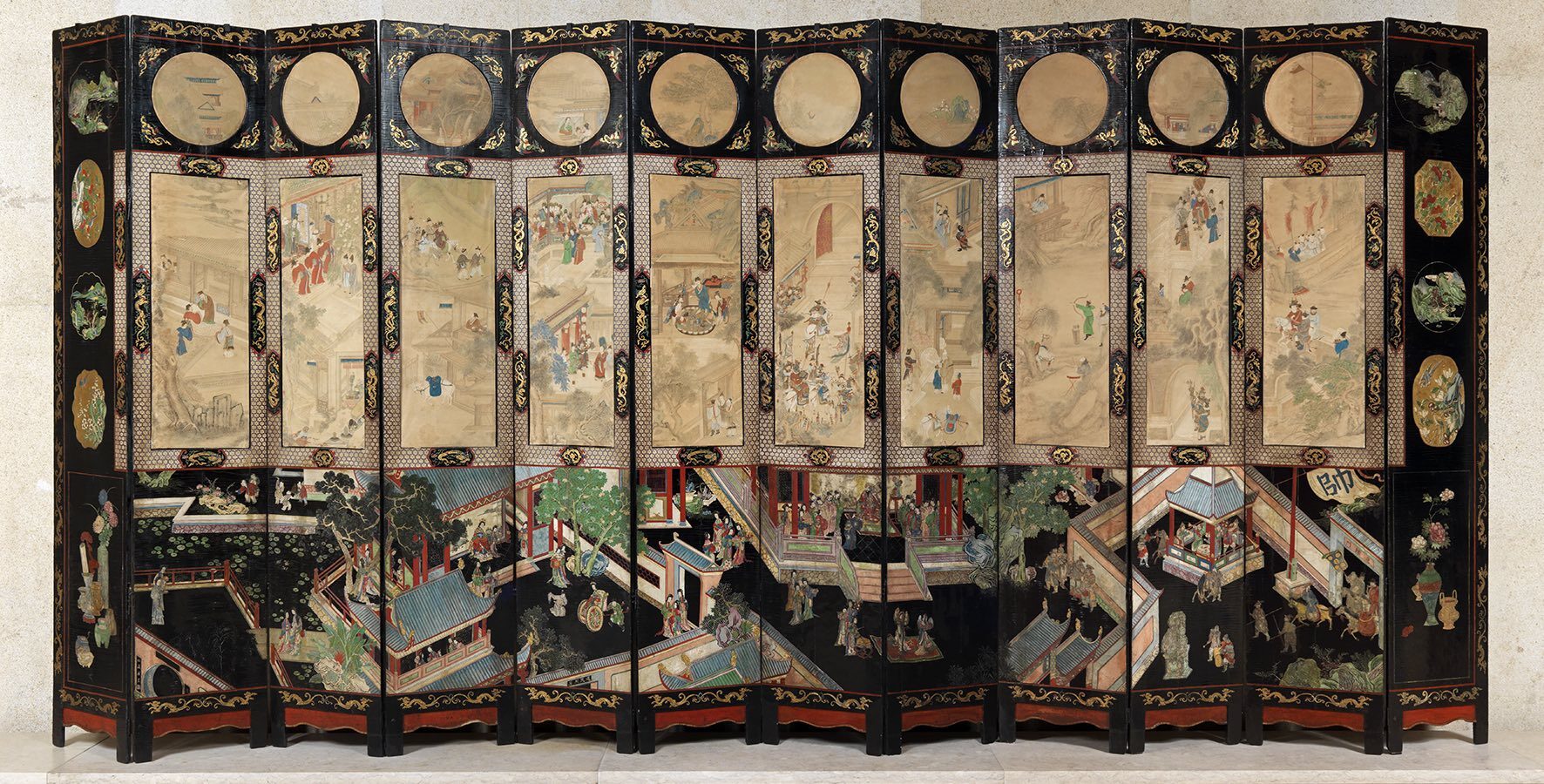Paraventi: Folding Screens from the 17th to 21st Centuries
Fondazione Prada, Milan
From October 26th, 2023 until February 26th, 2024
The historical legacy and contemporary interpretations of this timeless object, the screen precisely, is analyzed in Western and Eastern contexts. In terms of history, culture, and society, but also by interpreting its deeper and more hidden meanings. The exhibition Paraventi: Folding Screens from the 17th to 21st Centuries traces the fine lines of a silent contamination between East and West, following the processes of hybridization between different artistic approaches and practical functions. There are creative unions that lead to the creation of unique and unprecedented works. The screen embodies the concept of the boundary between two conditions, perceived not only metaphorically but also literally, in the inherent transversality of related but different disciplines and worlds. Nicholas Cullinan is the curator of the entire exhibition, telling how the exhibition manages to examines the many questions and paradoxes surrounding the unfolding history of the paravent. This history of the folding screen is one of cultural migration, hybridization and of what is concealed and revealed.

The exhibition hosts over seventy screens, selected from works of great historical value, more recent works chosen from international museums and private collections, and also includes new creations commissioned especially for the occasion. The installation enters into a perfect dialogue with the works on display, curvilinear and transparent Plexiglas walls alternate with curtains with soft lines, the purpose is to bring the environment in which the observer walks to evoke the forms of these objects, creating a series of spaces characterized by different lighting conditions that amplify the visual rendering of the exhibition. The screen is a seemingly timeless object that has become a medium that projects a layering of the most diverse images, intimate and private dimensions of domestic environments, as well as bucolic representations of unspoiled nature. The importance that the screen has also assumed over time has been to serve as an avowedly transgressive decorative element, a means and instrument of political propaganda, a manifestation of strength and wealth, as well as an ostentation and construction of narratives capable of influencing the course of a society’s history. As we shall explore, this history, and especially the way it manifests in the present, is one of liminal objects and of liminality itself; in the process collapsing the rigid distinctions and hierarchies between the different disciplines of art and architecture, decoration, and design, Nicholas Cullinan concludes.












